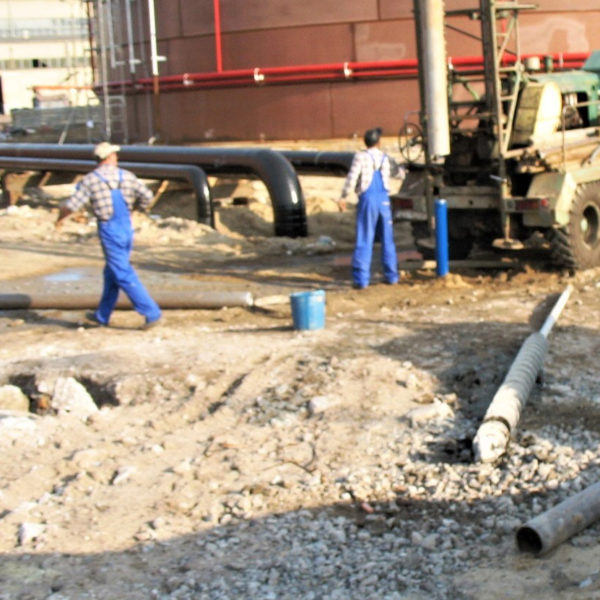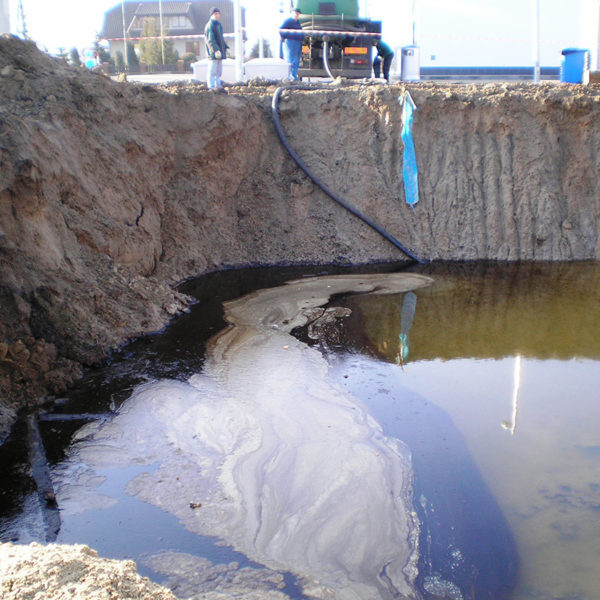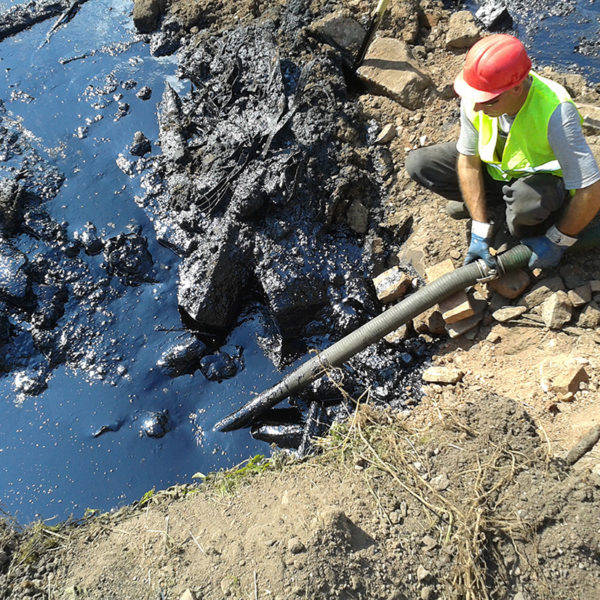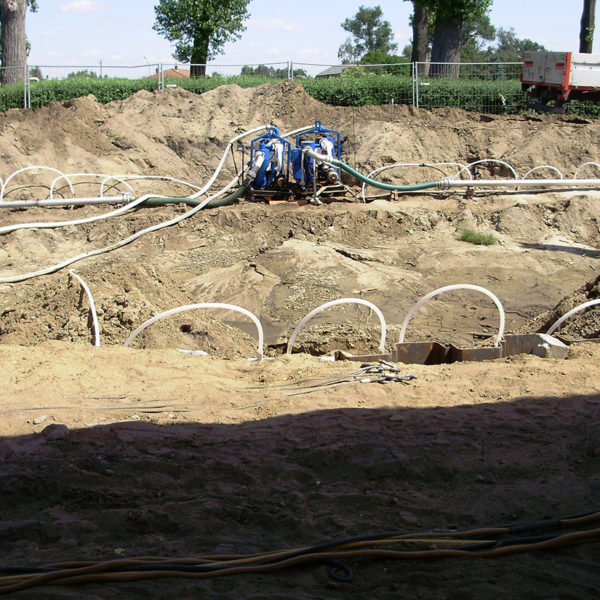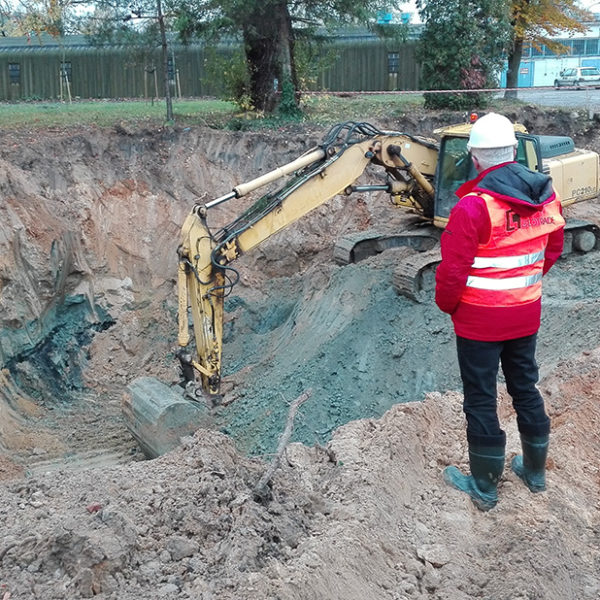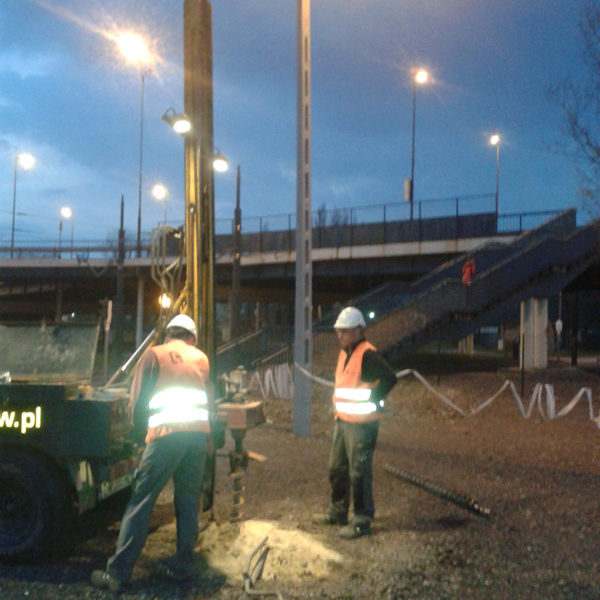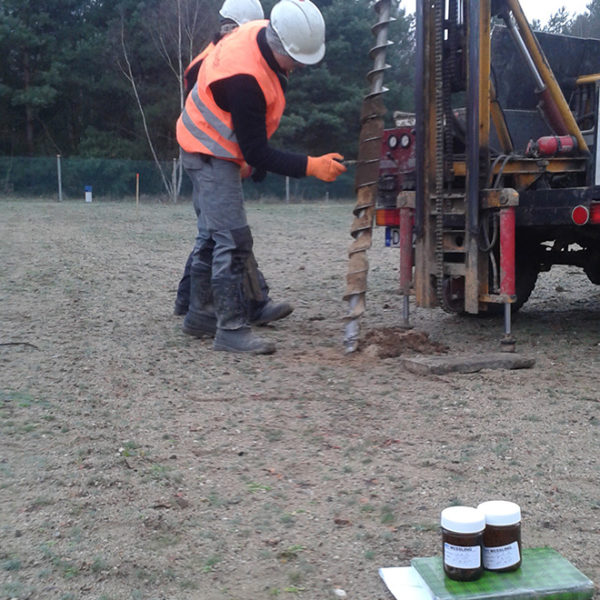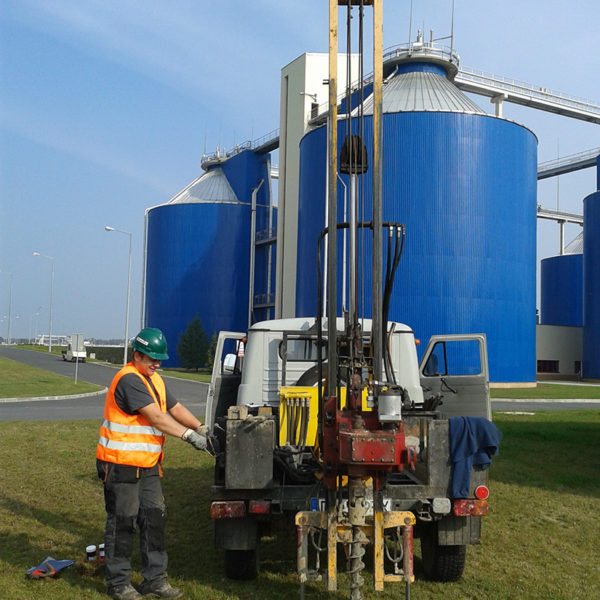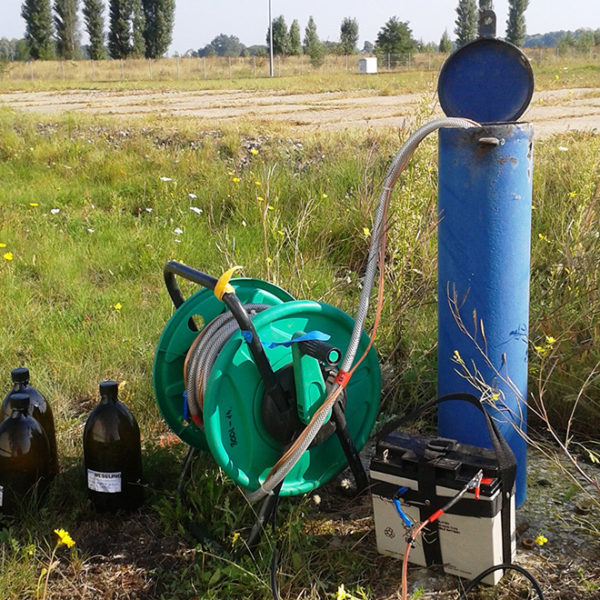ARC offers two main TYPES OF environment services:
- Hydrocarbon contamination remediation
- Municipal waste utilisation
-
Hydrocarbon Contamination Remediation
ARC offers a range of remediation services starting from lab assessment followed by: (1) initial clearing of hydrocarbons (surface contamination, lagoons) to (2) variety of bio-remediation techniques and (3) a burning method.
Process of remediation requires careful planning to facilitate the most effective remediation method(s), cost effectiveness and reduced risk to the local communities. The initial action will consist of visual (including satellite and drone techniques) inspection, possible georadar profiling and geoelectric measurements, lab tests and taming of all acting contamination sources prior to the actual remediation process.
1.A. Initial Contamination Clearing.
Depending on the contamination status the initial proto-remedial steps will consist of pumping off oil lagoons or / and sorbent application, installing the surface skimmers, providing for the surface and underground hydraulic barriers (active or passive) etc. (More about oil lagoons may be found at the section “Environment Remediation Services”. On sorbent utilization please refer to the producer’s video contained at the section “Sorbent Presentation, Video”).
The typical examples of oil contamination sites requiring pumping the liquid out.
1.B. Bioremediation Techniques.
Basic bioremediation of hydrocarbon and some other dangerous materials contaminated grounds is a process of reducing a contaminant intensity by utilising only the atural micro-organisms already present in the ground. (The method is called MMA – Minitored Natural Attentuation). Apart of initial determination of remediation time frame this safe method requires only occasional monitoring.
Enhanced natural attenuation called biostimulation is active method consisting of the techniques of ground oxygenisation, usage of biological preparate in form of manure containing phosphorus and nitrogen.

Remediation of underground water is performed by pumping water out of its reservoir, remediation in a bioreactor and returning it back to the ground, possibly with some calculated amount of sorbent. Pumping of compressed air into water reservoir is called bioventilation and it helps to enrich the hydrocarbon contaminated site with oxygen.
Advanced bioremediation method depends on enriching the soil of the contaminated ground with selected decontaminating bacteria which “eat” the contaminant. It is called bioaugementation and is also applicable to underground water remediation.
Bioremediation may be conducted in situ as described above (also using standard agrotechnical methods as ploughing and harrowing which help oxygenising the ground) or ex situ by forming the prisms of the imported soil placed on geotextile membrane and adding the necessary ingredients as per the pictures shown below.

Forming the prism.

Schematic ideogram of the prism method.
1.C. The Remediation by Burning.
The method of mass grunt remediation by burning at 600 to 1100 grad C require the usage of rotary ovens. The method is described hereby in the section “Soil Remediation – Rotary Oven method”. The method is very effective although expensive and totally eliminating biological soil components and therefore require biological remediation (enrichment) before the soil is laid back on the original site.
-
Municipal Waste Utilisation.
The method is treated hereby at the section “Municipal Waste Disposal by Pyrolysis Method”. Please refer.





